Ways to use cornstarch
Thomas Kingsford invented cornstarch in Jersey City wheat starch factory back in 1840. Cornstarch is useful for more than just a thickening agent for cooking. Until 1851, corn starch was used primarily for starching laundry and industrial uses. Corn Starch has been used by people for a variety of household tasks since.
In Victorian times, there were cornstarch trade cards. The trade cards were pretty and sometimes had recipes on the back.
In addition to flaunting the size of factories, trade cards allowed companies to recount the accolades they received at both national and international trade fairs, assuring customers of the quality of their products. Duryeas’ Glen Cove Manufacturing Company took advantage of this tactic by dedicating two of the panels on the colored side of their folded Improved Corn Starch/Satin Gloss Starch trade card to the reproduction of the numerous prizes they had won.
Victorian Trade cards date mostly from 1880s-1900s. It wasn’t until after the 1850s when there was color lithography that they started to gain mass popularity. These cards were wildly used during that period for advertising products or services. They were the first widely used color print and instantly became collected for their beauty. People would collect the cards and paste them into Victorian Scrapbooks. Most cards available have been removed from these scrapbooks kept by women and children. Removing these cards from the scrapbooks accounts for much of the poor condition often most visible on the reverse.
- Muzzy’s Trade Card
- Muzzy’s Trade Card
Before and After Trade Cards (see link for an example)
Many trade cards claimed that the products they advertised were capable of changing consumers’ lives for the better. This message was best conveyed through “before and after” illustrations on cards that were divided into panels (like the Arm & Hammer trade card of Jack Spratt), that folded, that had movable parts, that could be turned over or upside-down, or that could be held to the light.
An ad for Lily CornStarch is printed in the folding style, the most common form of before and after card. When the card is folded up, the viewer sees that the Browns’ domestic bliss is threatened by the wife’s use of inferior cornstarch. When the bottom half of the card is flipped down, the original illustration is transformed to show Mrs. Brown presenting her now happy husband with a box of Lily CornStarch, which apparently has rendered her baking much more palatable.
Now that we know a bit more about cornstarch,
here are 20 ways to use cornstarch.
Detangler:
If you have a knot in your yarn or shoelaces or your pet has matted fur, sprinkle some cornstarch on it to help detangle the problem.
Deodorant:
1/4 cup baking soda
1/4 cup cornstarch
1 ounce organic extra virgin coconut oil
5 drops vitamin e oil
10 drops melaleuca AKA tea tree essential oil
5 drops of lavender essential oil
In small bowl, combine baking soda and cornstarch. Add coconut oil and vitamin e oil, stir until you achieve a dry but cohesive paste. Add essential oils and stir until combined. This recipe makes the perfect amount to fit into an old deodorant container. It can be stored in the fridge in warmer weather otherwise room temperature is fine.
Laundry Starch:
According to Argo & Kingsford (www.argostarch.com), you can use cornstarch to make laundry starch. In a large bowl or pot, stir 1/2 cup of corn starch into 1 cup of cold water. Stir in boiling water (2 quarts for a heavy solution; 4 quarts for medium and 6 quarts for a light solution). Dip the clothing into the starch solution and let dry. To iron, sprinkle the garments lightly with warm water, roll up and place in a plastic bag until evenly moistened, then iron as usual. Their website shares other household tips such as using cornstarch to relieve a mild sunburn, itch from rashes or hives, for cleaning windows and pots and pans and to polish silver.
Homemade Blush:
Arrowroot powder or organic corn starch
Beet root powder
Use more beet powder for brighter blush. Start with 2 parts beet root powder to 1 part cornstarch.
Start with 1 tbs arrowroot powder or corn starch and add in 2 tbs beet root powder. Mix in a small bowl making sure to break apart any clumps. Adjust color as desired. Then use as you would normally use blush by applying to cheek bones with a blush brush.
Bath Bombs:
8 oz. of baking soda
4 oz. of citric acid
4 oz. of corn starch
4 oz. of Epsom salts (fine grained)
3/4 tsp. of water
2 tsp. essential oil (your choice)
2.5 tsp. almond oil (optional)
A few drops of food coloring
Round, plastic, snap together dome molds
Combine dry ingredients. Dump all of your dry ingredients (citric acid, corn starch, Epsom salts and baking soda) into a big bowl and stir together with your whisk. Combine wet ingredients.Place all of your wet ingredients (water, essential oil, almond oil and food coloring) into a cup and stir until well mixed. Mix together. Pour the wet ingredients into the bowl with the dry ingredients and stir them. (it will start to clump) Pack mixture into molds. Grab your plastic mold and pack the mixture into the first half of the mold. Pack it as tightly as you can! Then, do the same with the second half. Press together. Add some extra mixture on top of the second half and squeeze the molds together to create your sphere. Press firmly! Tip: If the mixture isn’t packing well, place the ingredients back in the bowl and add a tiny amount of water. Be careful, though – too much water will ruin your bath bomb! Let dry. Wait a few minutes, and then carefully remove the bath bomb from the mold. Place them on wax paper on top of a towel. Let the bath bombs dry for at least one day before you use them! If your bath bombs are a gift, wrap them in cellophane or tissue paper. To store them, keep them in a plastic, airtight container.
Decongesting shower cubes:
1/2 cup of baking soda
1/4 cup of cornstarch
4 tbs. of BabyRub (baby VapoRub)
1-3 tbs of water
Combine the baking soda and cornstarch. Add in the Baby Rub. Mix until combined. Gradually add the water, one tablespoon at a time. If it seems too liquid-y, add more cornstarch. Pour the mixture into an ice cube tray. Let it dry overnight. Gently remove the cubes from the tray (Silicone ice tray works best). When ready to use, place near the drain of the shower to release vapor.
Or
1 cup baking soda
1/2 cup cornstarch**
1/3-1/2 cup water
15 drops of eucalyptus essential oil or 2-3 tsp. Vick’s Vapor Rub
Mix using enough water to make a thick paste. You can pour into muffin tins lined with papers, make small balls and set on a plate or put into a silicone ice cube tray or muffin tray. Let them set for at least 12 hours or overnight to dry. You can bake them in the oven at 350 degrees for 20 minutes to dry them more quickly. Remove from papers or silicone trays and store in an airtight container. When ready to use, place one on the floor of your shower near the drain, so you don’t slip while showering.
Stain Removal:
Cornstarch works well on grease and blood stains. For a grease stain, simply sprinkle cornstarch onto the garment and allow it to set and absorb the grease for a few hours. Brush off. The cornstarch will remove grease spots on walls, too. Rub cornstarch onto the wall with a soft cloth. For blood stains, make a paste using cornstarch and water. Apply the paste to the blood stain and let it dry. Scrape off the paste and launder as usual.
Fingerpaint:
2 tablespoons sugar
1/3 cup cornstarch
2 cups cold water
1/4 cup liquid dish soap
food coloring
Mix the sugar and cornstarch in a small pan. Slowly add the cold water and mix thoroughly. Cook the mixture over low heat, stirring frequently, until it is smooth and gel like. Once it starts to boil (5 minutes), turn it off. Add the dish washing liquid and stir. Divide the mixture into small containers. Stir in food coloring. Cover when not in use.
Moon Sand:
Mix 9 cups extra fine, colored play sand. Add 3 cups cornstarch and 2-1/4 to 2-1/2 cups water. Start with 2-1/4 cup and gradually continue adding water until you have the desired consistency. Mix well. Cover and store in an airtight container.
Sidewalk Paint:
You’ll need 1/4 cup of cornstarch, 1/2 cup water and food coloring. Combine the cornstarch and water. Mix until smooth. Add a few drops of food coloring. Make a few batches of different colors. Use paintbrushes, foam paint rollers or sponges to paint the sidewalk.
Polymer Balls:
http://chemistry.about.com/od/demonstrationsexperiments/ss/bounceball.htm
Homemade Clay:
1 cup cornstarch
2 cup baking soda
1-1/4 cup cold water
Stir the cornstarch and baking soda together in a saucepan. Mix in the water and cook over medium heat, stirring constantly until mixture reaches a slightly moist, mashed potato consistency.
Cover with damp cloth. When clay is cool enough to handle, knead it like dough until it is easy to use. Create or store it in an airtight container for later use. When creation is dry, decorate with water colors, poster paints, felt tip pens or leave them plain.
Foam Dough:
Shaving cream
Cornstarch
Food coloring (optional)
Pour equal amounts of cornstarch and shaving cream on top of the cornstarch. Mix it by squishing it with your fingers. You can also add some food coloring if you want to add some color.
Goop:
1/4 cup warm water
1/2 teaspoon Borax
— dissolve the Borax into the water, set aside.
1/4 cup cornstarch
2-3 ounces of white glue
Food Coloring
Mix thoroughly. Put the ingredients into a Ziploc freezer bag to contain the mess. The mix will seem clumpy and stringy, but just keep mixing. Then let it set for half an hour or longer. Give the cornstarch time to absorb the moisture before kneading the bag again for an additional half an hour.
2-Ingredient Play Dough:
1 parts hair conditioner to two parts corn starch.
Ornaments:
Mix 1/4 cup of cornstarch and 1/2 cup of water in a saucepan and stir until smooth. Heat until it thickens. Let cool. Dip yarn scraps (about 1 foot long each piece) into the cornstarch paste mixture and use cookie cutters as molds to shape the yarn ornament. Allow to harden on wax paper. Once dried, hang as an ornament, make a garland or attach a magnet on the back and hang on the refrigerator. Visit thethompsontales.blogspot.com/2011/02/valentines-craft-1.html for a tutorial.
Fabric Decoupage:
Cornstarch is a Mod Podge/liquid starch alternative. Stir 1/4 cup corn starch into 1/2 cup cold water. Add 4 cups of boiling water and mix. Cut fabric into desired shapes and apply to the wall or door using the cornstarch paste and a paint brush. It can be removed and updated easily.
Fluffy Omelets:
You can make fluffy omelets with the help of cornstarch. Mix one fourth teaspoon cornstarch into your eggs, beat and cook the omelet.
Cure Sunburn:
You can cure sunburn with cornstarch. Make paste of cornstarch and water. Apply this paste on the affected areas and let it becomes dry, after which you can wash the area with lukewarm water.
Dry Shampoo:
You can use cornstarch as a dry shampoo. When you can’t wash hair, but want to freshen it, you should apply cornstarch on the scalp. Leave it for some time and brush the hair. The excess oil will be absorbed by cornstarch and the hair will be less oily.
Make Baking Powder:
You can make your own baking powder by mixing cornstarch, baking soda and cream of tartar in a ratio of one part to one part to two parts respectively.
PDF: Many Uses For Cornstarch
What are your favorite ways to use cornstarch?

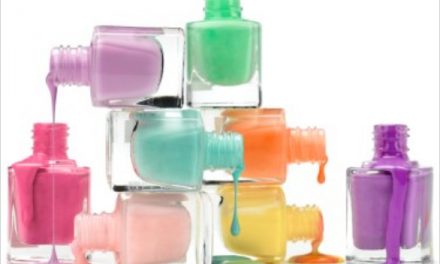
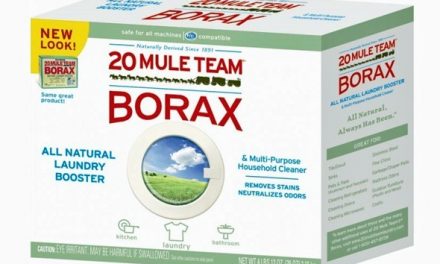
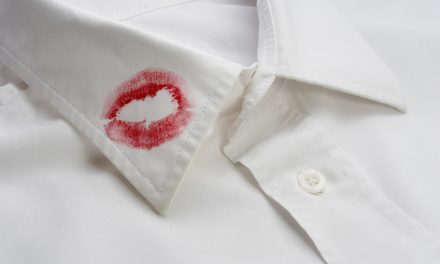

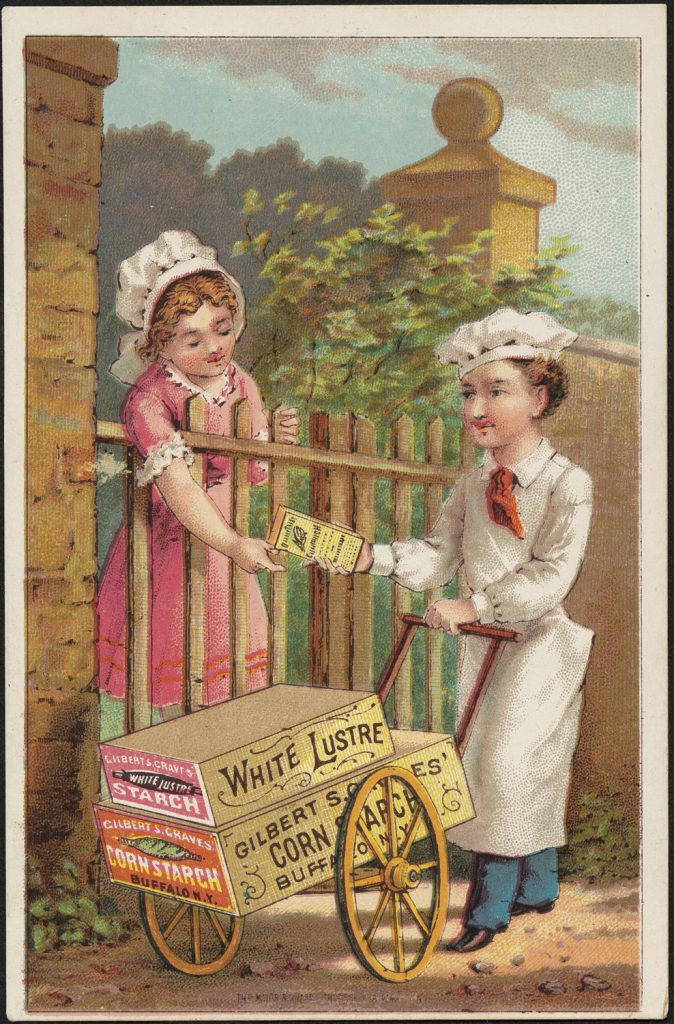
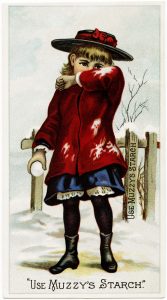
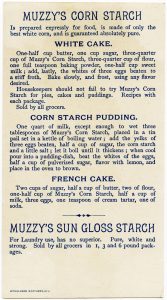
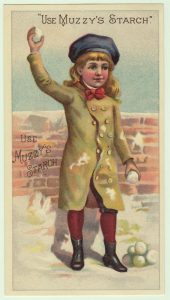
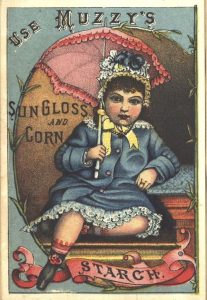
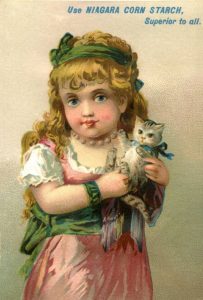
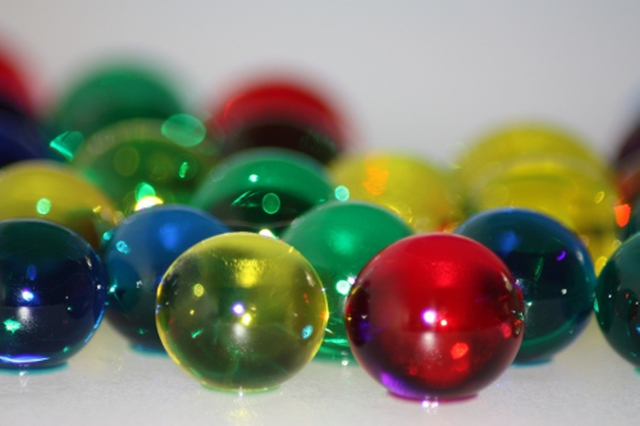
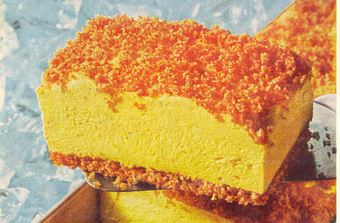
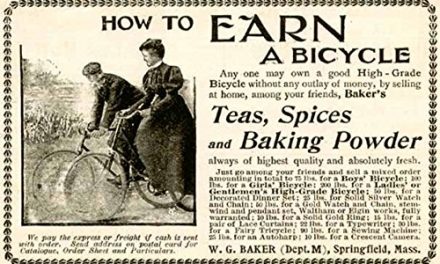
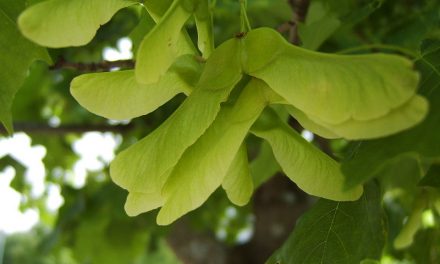

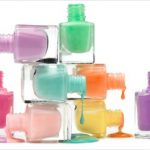

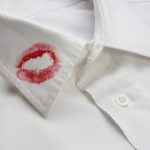
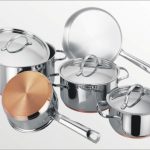
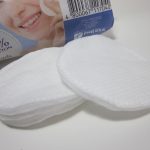
Thanks for this. Just had a thought about the history of cornstarch as a thickening agent in stews and this source is the best I’ve found online!